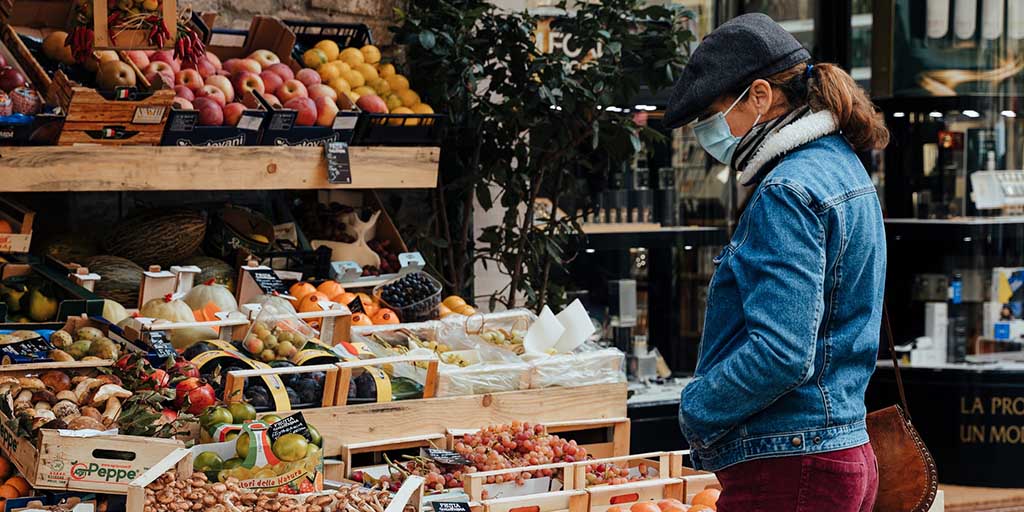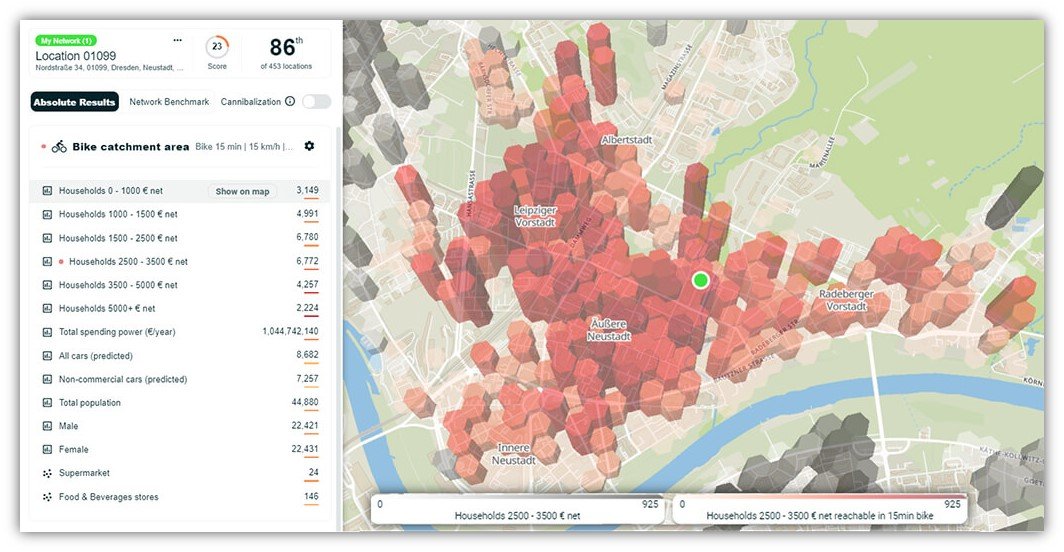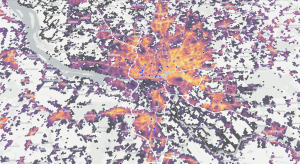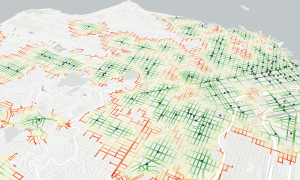
#3 — Hyperlocal is hot
Hyperlocal shopping and services have gotten a tremendous boost during the pandemic. Ever more people are favoring to visit neighborhood stores and order products for immediate delivery. In this third article of our retail series we’ll discuss why hyperlocal has become more important, and how retailers are responding to this trend.
The term hyperlocal has been around for some time, but it has gained a lot of traction recently. In the context of retail, hyperlocal shopping refers to consumers buying products in their neighborhood. The coronavirus outbreak has supported hyperlocal shopping in two ways. Firstly, the pandemic has limited the mobility of citizens, forcing many of us to work from home. Even as lockdown measures have been eased or lifted in large parts of the US and Europe home office remains a reality for many. When life returns to a new normal, many employees plan to keep working from home, at least part time. Moreover, Businesses are considering to implement hybrid models. This reinforces the importance of local offerings around peoples’ s homes like shops, cafes and restaurants.
Secondly, the pandemic has changed the attitude towards local shopping. People see an increased value in local offerings and they have come to realize that their local spending keeps neighborhood stores alive. An international study by Adyen and Opinium found that two-thirds of those surveyed want to continue buying from local retailers to help them stay open, even after the pandemic.
Local stores in demand
Sales figures clearly point to increased demand in local stores. Last year in the UK, when citizens endured two lockdowns, total consumer spending dropped 7.1 percent versus 2019. However, local shops saw revenue growth of 29 percent, according to Barclaycard payments data.
Local purchases expanded even stronger this year. UK shoppers spent an extra 69 percent at local food and drink retailers, such as butchers, bakeries and convenience stores, in May 2021 compared with May 2020, according to Barclaycard figures. This happened even as shopping restrictions had been lifted in the country a month earlier, and outpaced overall consumer spending growth of 7 percent in May.
Big retailers opening small, local stores
For consumers, local shops offer clear benefits. Neighborhood stores are easy to reach, and take less time to enter and exit compared with their big-box peers. Similar to on-demand delivery of groceries or meals, these hyperlocal shops offer instant fulfillment, and therefore convenience. These benefits can outweigh the disadvantage of running a smaller product assortment, which is often the case for local stores.
Retailers are aware of the need for hyperlocal shopping and are resetting priorities. Even before the pandemic hit, businesses such as supermarket chain Target, sports brand Nike and fashion store Nordstrom had been opening smaller, local shops. This trend has accelerated. A few months ago, French supermarket chain Système U announced plans to open almost 400 new locations of its U Express convenience stores by 2024, up from 800 currently. Ikea, known for its car-friendly locations on the city’s outskirts, is opening 50 new small-format stores in urban areas around the world, including Queens, New York City. Customizing products and services to local tastes and reaching new target groups are among the prime reasons for Ikea to open these smaller, local shops.
In a research note, consultancy BCG sums it up as follows: “Where consumers value ultra convenience, retailers must evolve their physical footprint from large stores spread over wide areas to a dense network of smaller stores hyperclose to the point of consumption.”

Hyperlocal services and delivery
Hyperlocal also refers to services and products fulfilled and delivered locally. Often, people order them online, such as groceries and meals, and receive them instantly. This is also known as hyperlocal e-commerce, quick commerce, or on-demand delivery. We’ve discussed examples in our previous article about ghost kitchens.
Home services such as appliance repairs, cleaning and personal grooming can also be classified as hyperlocal. Companies offering these services typically hire or contract a team of employees to work in specific geographic areas, where demand is expected to be high. The hyperlocal services market, which also includes food and grocery ordering, and logistics services providers, is expected to more than double to reach $3.6 trillion by 2027, according to Allied Market Research.
Customize local offerings
The higher importance of local shopping represents a big shift for retailers. Traditionally, footfall has been the key metric to determine where to open new branches, while neighborhood demographics mattered little. But when local shoppers are a retailer’s focus, data on residents become crucial in addition to the footfall in the micro-environment. Location selection needs to take this into account.
Furthermore, it has an effect on the product assortment. As Ikea’s example shows, knowing the local makeup of neighborhoods and residents’ preferences is essential to create the right offering in each area. The hyperlocal trend is closely linked to catering to local tastes. The focus on neighborhood communities allows retailers to trim down their product mix, and only offer what is in demand in a specific area.
Combined with people’s changed consumption and working behavior following the pandemic, hyperlocal shopping and service delivery may continue to be an important trend for many retailers in the future.
* * *
Location intelligence enables retailers
to identify the best locations for their business.
Contact us to learn more








